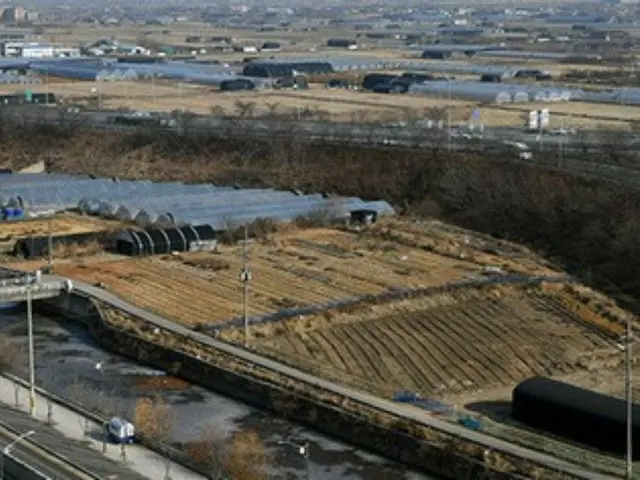The aim is to recreate Incheon's urban value and make it a top-class city. The project aims to build a future cutting-edge industrial city based on an industrial belt that will lead to a renaissance in the manufacturing industry.
, build four advanced industrial belts. Bio/semiconductor/material parts belts (Matsushima/Namdong/Yeongjong), robot/mobility/advanced medical belts (Cheongna), and eco/future energy respectively.
belt (Qiandan/Yongxing), information and communication technology (ICT) fusion composite belt (Zhuan/Fuping/Gyeyang). In addition, the three major promotion strategies are re-promotion of industrial bases, re-creation of industrial spatial value, and
The goal is for people and citizens to lead the future together. Specifically, we will revitalize and innovate existing industrial bases through industrial park revitalization projects and the promotion of smart green industrial complexes, and develop the Gyeyang Techno Valley.
Create new industrial bases such as eco-science parks. Furthermore, we will re-create the value of industrial space through expansion of industrial common land functions and industrial cultural space master plan, etc.
Create a startup/scale-up complex space such as a cultural space. As a result of Incheon City and Incheon Research Institute's analysis of expected effects over the medium to long term, added value creation of 5 trillion yen will be achieved as a direct effect in 2030.
500 billion won (approximately 615.7 billion yen), indirect effects include production induction of 39.7 trillion won (approximately 4.4415 trillion yen), added value induction of 21 trillion won (approximately 2.3496 trillion yen), employment induction
It is expected to benefit 174,000 people. In 2050, added value will be created by 73.8 trillion won (approximately 8.2702 trillion yen) as a direct effect, and 442.5 trillion won in induced production as an indirect effect.
The expected effect is 265.4 trillion won (approximately 29.6909 trillion yen) in added value, and 1.663 trillion won in employment.
Lee Nam-joo, Director of the Incheon City Future Industry Bureau, said, ``In order to ensure Incheon's sustainable future growth, we need to cultivate cutting-edge industries and innovate industrial bases.''
It is necessary to develop regionally balanced development.'' He added, ``We need to develop a future industrial area that fosters the abundant industrial resources we have, such as semiconductors, biotechnology, future cars, and robots, as well as the energy industry that has a comparative advantage.''
"Through this project, I will do my best to help Incheon become a top 10 city in the world."
2023/11/02 07:12 KST
Copyrights(C) Herald wowkorea.jp 104

